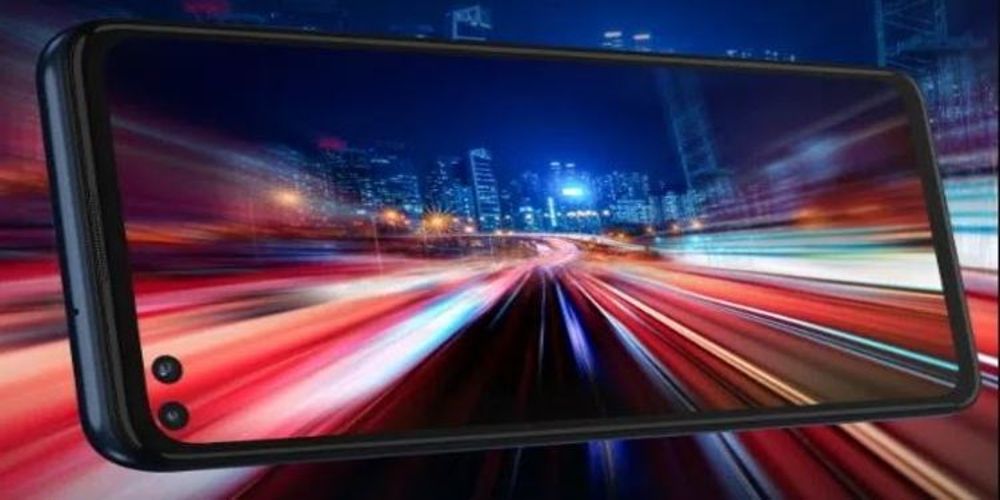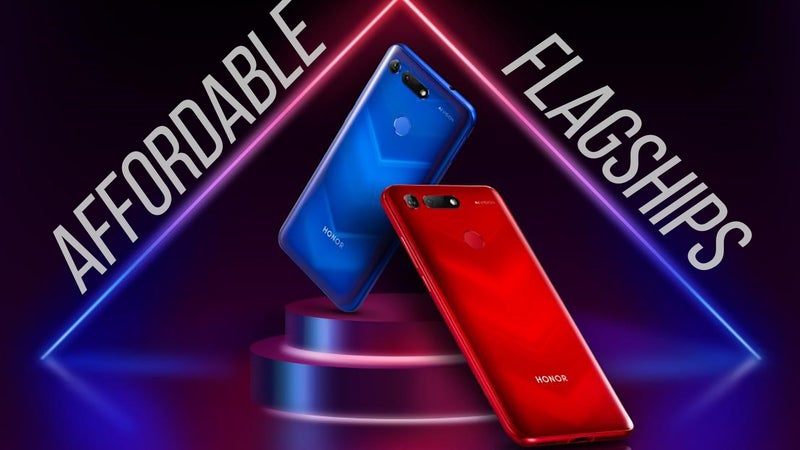

It does get warm during regular use - not just gaming, but browsing as well - and its 25W charging speeds can feel a little slow if you're coming from a OnePlus device. Unfortunately, the result is using a phone that feels and looks a lot more premium than it truly is.Īll that said, the Galaxy A54 is far from a perfect device. Its upgraded Exynos processor makes the phone feel faster than the A53, and its design has been updated to better match the flagship Galaxy S23. The Galaxy A54 is Samsung's mainline mid-range offering for 2023, and despite some minor year-over-year improvements compared to its predecessor, it really impressed us. If Google's A-series isn't doing it for you, maybe Samsung's will.

$450 at Amazon $450 at Best Buy $450 at Samsung It's still an LCD panel - you'll need to grab the A54 for AMOLED - but for $200, it's hard to argue with the screen quality here.

BEST AFFORDABLE PHONES 2021 1080P
Even better, the display received a huge upgrade to 1080p while keeping its 90Hz refresh rate. The entire phone feels a bit sturdier in hand, and the engrained pattern on the back is pretty eye-catching in this price range. So what is new? For starters, the design is more in line with the rest of Samsung's phones and uses the same "camera island" style we've seen on the Galaxy S23 series. On paper, it's difficult to notice a huge difference between the two generations. Rather than delivering an across-the-board boost to its specs sheet, Samsung retained nearly identical internals to the A13 - the same MediaTek Dimensity 700, the same combination of 64GB of storage and 4GB of RAM, and the same camera array on the back. The A14 is a bit of an odd duck, at least in comparison to its predecessor.
BEST AFFORDABLE PHONES 2021 CRACK
While Samsung's Galaxy A14 5G might not crack through to the top of this list, this is the one to beat if you only have $200 to spend on a smartphone. Speaking of which, the battery life also seems pretty subpar, with our review noting between 3 and 4 hours of screen-on time with light use. Wireless charging also makes its first appearance on the A-series, but at just 5W, it's better for overnight charges than boosting your battery life throughout the day.

For example, although a 90Hz display makes scrolling and gaming smoother than ever, it's disabled out of the box by default. That said, some of its improvements come with caveats of their own. Still, with a slimmer camera bar, a durable back made of plastic, and some colorful new options not available in the rest of the lineup, the 7a might be an easy choice. With a near-identical design to that of the Pixel 7, some shoppers may find that Google's most recent flagship phone is a bit redundant now. At $500, this is the most expensive A-series phone yet, but you can't say that price tag doesn't come with some serious advantages over its predecessor. The Pixel 7a is Google's latest A-series phone, essentially combining the legacies of the Pixel 6a and Pixel 7 into one device. But if you value speed, camera performance, and build quality, there's a lot to like here. Unlike some other mid-range options, the 6a sticks with a 60Hz OLED, and the fingerprint sensor under that screen isn't especially quick. There's also no wireless charging and no headphone jack (a first for the A-series). The Pixel 6a is not all sunny - if you live in an area without a strong wireless signal, the 6a's weaker-than-average reception should give you pause. It has Google's custom flavor of Android, too, and it's set to get five years of security updates. Google's got a lot of experience with this camera hardware, and it shows. While it doesn't share the Pixel 6's big 50-megapixel primary camera sensor - the 6a uses the same sensor that was in the Pixel 5 and 5a - it still takes outstanding photos. With six gigs of RAM and the same Tensor chipset that powers the Pixel 6 and Pixel 6 Pro, it's certainly the fastest phone on this list. Although it's no longer Google's latest A-series phone, the Pixel 6a ticks a lot of boxes at a newer $350 price tag.


 0 kommentar(er)
0 kommentar(er)
